A Storytelling Masterpiece & Why It Works
We all know storytelling is powerful. But all stories aren’t created equal. Nearly a decade ago, I helped Doctors Without Borders (MSF) launch a storytelling fundraising package based on a dramatic blog post written by an MSF surgeon. (No claim of authorship. I simply adapted his powerful language into a fundraising context.)
The piece was immediately successful and remains part of MSF direct response efforts to this day. This edition of the Monday on Message memo examines the principles behind its success – ones we all can apply to make our storytelling more purposeful and persuasive.
The Story: Here’s the core story as relayed by David Kuwayama, an MSF surgeon.
“About 2 o’clock in the morning I hear a knock on the door. It’s the night guard from our hospital. He tells me there is a pregnant woman in trouble, and I’m needed at the hospital right away.
It’s monsoon season in Congo and we’re driving through a huge rainstorm. As soon as we arrive, I see the woman in obvious distress. I talk to the midwife, and realize that without an immediate C-section, both the patient and her baby are going to die.
The anesthetist places a spinal anesthesia and lays the patient down. I scrub my hands and prep her belly. We move quickly, time is critical. I pick up the scalpel and make the first incision in her skin when, suddenly, the unthinkable happens—the lights go out. It’s pitch black in the windowless operating room.
I wait, for what feels like an eternity, but the power doesn’t come back on.
Here I stand, two lives in front of me. All I can hear is the rain on the roof and my own heartbeat pounding in my ears. I don’t know what to do next; I feel utterly helpless.
Then, from the dark void, a light appears at the head of the bed. It’s the anesthetist, who has opened up a laryngoscope (a device we use to intubate people)—he is now holding it over the patient to light my way.”
Next, the operating room nurse turns on a cell phone and holds it over the patient. I can almost see well enough to continue the operation. More hospital staff file into the operating room, carrying lit cell phones. Within a few minutes, there are six cell phones and a laryngoscope blade providing enough light for me to keep going.
Luckily, the woman and her baby survived. Later, in the recovery ward, I saw them, mother holding child peacefully, and I felt suddenly overcome by the emotional gravity of what had occurred.
The doctor then adds a critical note that directly connects the story to MSF’s mission.
“For me, this experience symbolizes what MSF is all about. Together as a group, as a team, and as an organization, we are a beam of light shining in the darkness for those in their darkest hours.”
And a dramatic photo reinforces the emotional power of the story he has shared.

Why It Works: Ten Keys to Persuasive Storytelling for
The Causes We Believe In
Now let’s examine what lessons we can draw from this wonderful example of storytelling. That includes recognizing how nonprofit storytellers can apply behavioral science principles as we work to create emotionally engaging and persuasive stories. The observations below draw on my own experience as well as the wonderful work of story coach Lisa Cron. She is the author of what is perhaps the best books ever written about persuasive storytelling.
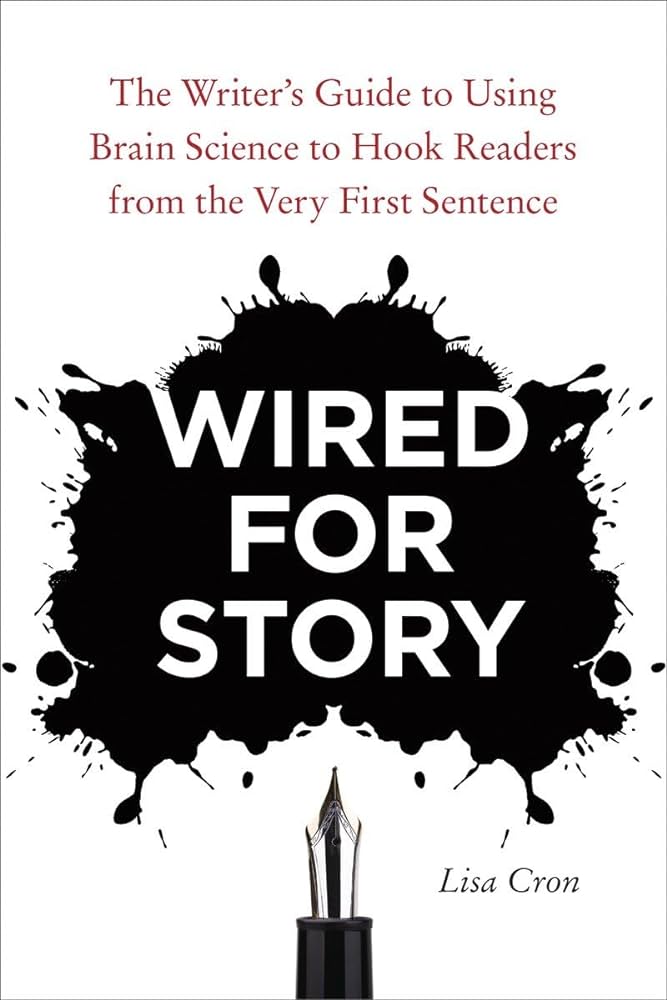
Using the MSF story as a jumping off point, here are ten keys to creating persuasive and purposeful stories for the causes we believe in.

Lisa Cron puts it succinctly: “Feel first. Think second. That’s the magic of story.”
She adds “If I ask you to think about something, you can decide not to. But if I make you feel something? Now I have your attention.” Leading with emotion and backing it up with facts works. Leading with facts and figures and trying to add emotion in later doesn’t.
As Nancy Harhut , author of Using Behavioral Science in Marketing notes, “Stories are not only engaging and involving, they are processed in the brain differently than facts and figures are. . . Stories stoke emotion. And emotion drives decisions.”
From that two o-clock in the morning knock on the door relaying an urgent plea for help, the MSF letter has the reader emotionally engaged. Reciting stats about maternal mortality rates in Congo or the number of MSF staff working there wouldn’t have the same effect.

When asked what quote he would have inscribed on a library wall, Neil Gaimon replied, “I think I’d just remind people of the power of stories, of why they exist in the first place. I’d put up the four words that anyone telling a story wants to hear – the ones that show that it’s working and that pages will be turned. “And then what happened?”
As Lisa Cron notes, there is brain science at work here. “What hooks us, and keeps us reading, is the dopamine-fueled desire to know what happens next. Without that, nothing else matters.”
In its first sentence, the MSF story set in motion a captivating cause-and-effect trajectory. In the stories you tell, break that cycle at your own peril.

Elmore Leonard once said, “A story is real life with the boring parts left out.” Failing to leave out what he calls “the stuff people tend to skip” is the surest way to break the rhythm of your story.
If the tightly told MSF story had allowed extraneous information or distracting sidebars to creep in, it would have lost its momentum. Best to follow Lisa Cron’s advice: “To hold the brain’s attention, everything in a story must be there on a need-to-know basis.”

One of the most engaging features of the MSF story is the doctor who shares it. He matches up with peoples’ understanding of Doctors Without Borders as an organization of brave, caring doctors delivering medical care in the most trying circumstances.
And, perhaps against type of our general image of surgeons, he wears his emotions on his sleeve. He feels “utterly helpless” when the lights go out and is overcome emotionally when he sees that mother and child are safe and sound.
It’s a prime example of the psychological dynamic Cron notes. When the protagonist’s reaction is up close and personal, it catapults us into his skin, where we become “sensate,” feeling what he feels, and we remain there throughout the entire story.

People receive the messages we send as personal communications, not works of art. And in most cases, beautiful turns of phrase and poetic imagery are distracting and drain the story of emotion. A more down to earth writing style is often a better context for a strong story. The MSF story is told in a moving narrative voice, but one without literary embellishments.
If the writing was more poetic, it would not have served the story. And protecting the story’s authenticity and emotional power is the whole point. Word to the wise from Lisa Cron: “the bigger the word, the less emotion it conveys.”

Another pithy and insightful quote from Lisa Cron. “Make it visual . . . If we can’t see it, we can’t feel it.”
The MSF story in its fundraising form features both a photo of a surgical team at work and a head shot photo of Dr. Kuwayama next to his signature. These photographic elements add to the emotional strength of the communication. But the most significant visual storytelling involves the word pictures the story presents. You can see the driving rain enroute to the hospital and you can feel the darkness of the operating room when the lights go out. And these images draw you in closer to the story and its impact.

Alongside the visual storytelling, another feature that adds to the story’s strength is the specifics that bring the story to life. The incision made just as the lights go out. The patient talking to the midwife as he enters the room. The anesthetist using his special instrument to offer the first ray of light.
Without this kind of detail, the story would be flatter, less engaging. But the story also artfully avoids the other pitfall of offering so many details as to overwhelm and confuse the reader.

If you write nonprofit messages, ask yourself this: When was the last time you truly surprised your audience with what you had to say. It’s an important question because, when it comes to capturing peoples’ attention and making an emotional connection, the element of surprise can play a key role.
LeeAnn Reninger, coauthor of Surprise: Embrace the unpredictable and engineer the unexpected notes that “research shows that surprise intensifies our emotions by about 400% which explains why we love positive surprises and hate negative surprises.”
Of course, the big surprise at the center of the MSF story is the moment the lights go out. At that point, the message has the audience’s attention, sharing the doctor’s sense of helplessness. People read on with heightened attention and a deeper investment in what happens next.
The lesson for all of us: Make the stories we tell more persuasive by making them less predictable.

A story can be fascinating without being purposeful. A nonprofit story must do two things.
It has to be interesting and emotionally engaging in its own right. But it must also reinforce and deepen the reader’s understanding of the group’s core narrative.
Too often, organizations tell interesting stories that illustrate the problem they are working on, but the story doesn’t pay off with how the group (and, by extension, the donor) is helping advance a solution. Without that link the story does little to deepen personal engagement with your cause.
The MSF story and letter get this right. The doctor’s story ends with a brilliant two sentences connecting the drama he has just conveyed to MSF’s overall mission.
“For me, this experience symbolizes what MSF is all about. Together as a group, as a team, and as an organization, we are a beam of light shining in the darkness for those in their darkest hours.”
And the closing fundraising language we added to the story makes that connection even more tangible:
“When you make a donation, that gift is helping pay for the surgical gloves I wear,
the instruments I use to perform surgery, and the dressing I put on people’s wounds.”
“There is a visceral and direct connection between your decision to act and our ability to heal.”
This language helps forge a deeper connection between the donor and the storyteller – one that translates to a closer, more emotional connection between the donor and the organization.

We’ve talked about connecting the story to the organization’s mission and core narrative. But we mustn’t forget that there is an identity more to your audience than your brand identity. It’s their personal identity especially their moral one.
People give and take action as a way to express who they are, what commitments they cherish and how intentional they are about acting on those commitments. Here’s how Lisa Cron expresses this idea.
“Your goal is to create a story that will help your audience see how your idea benefits them in the moment, given who they are and how they see themselves. . . What you’re advocating can’t just be relevant to your audience’s life. It must be relevant to their story.”
So, as the MSF story does so well, the best nonprofit storytelling creates a mutually reinforcing triangle – story, organizational core narrative, and donor identity.

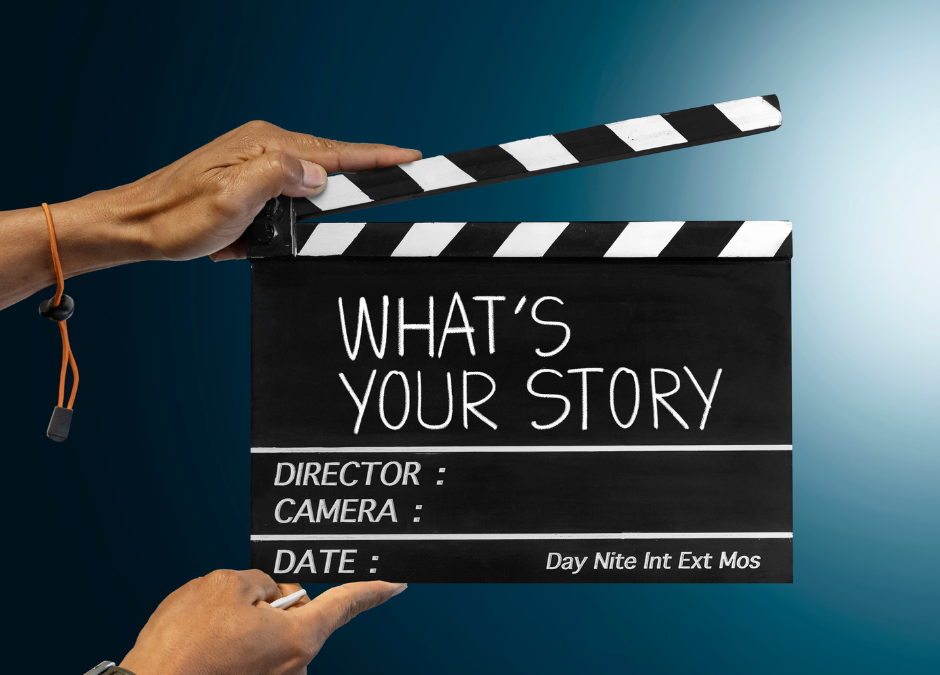



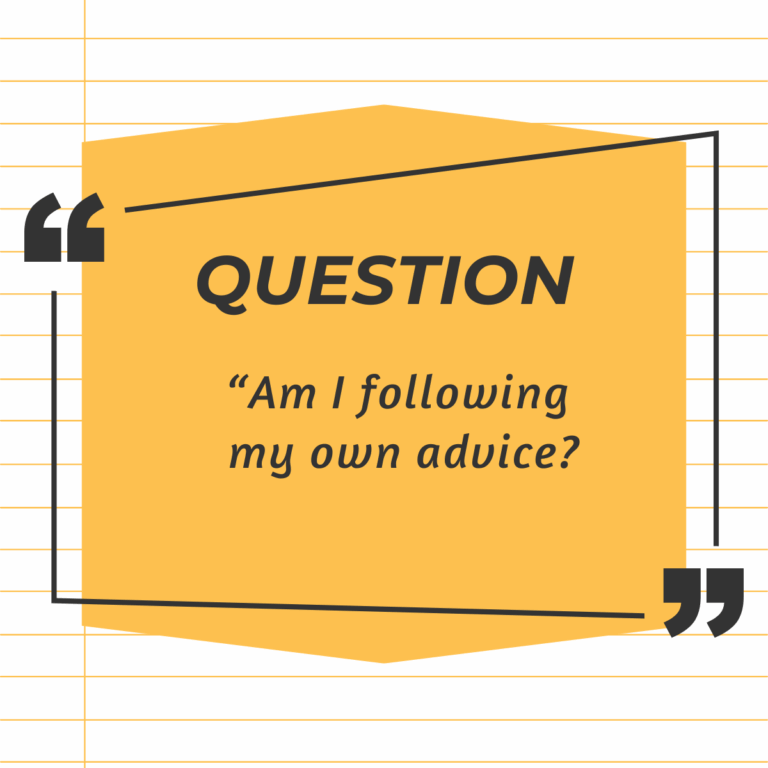
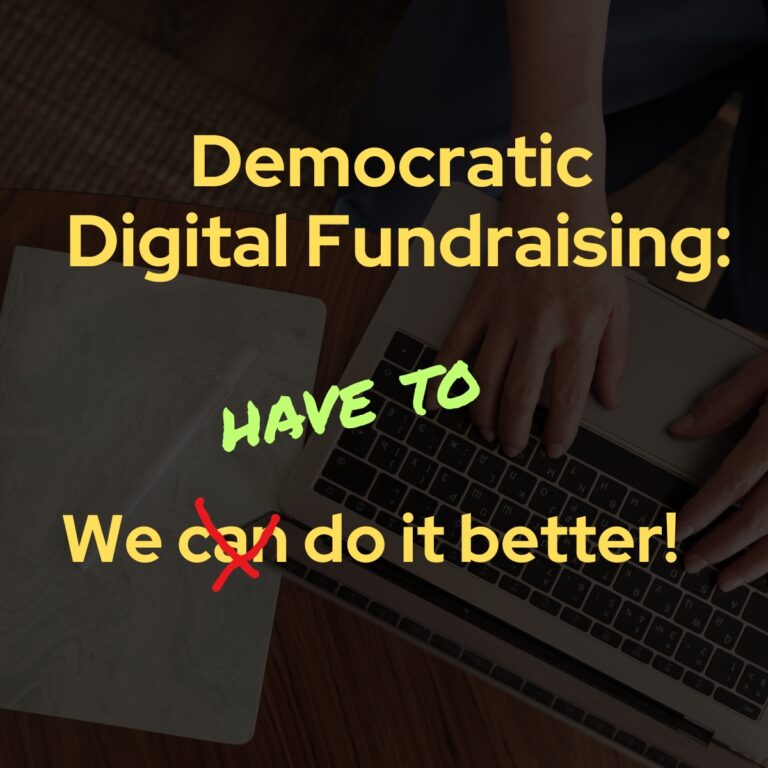
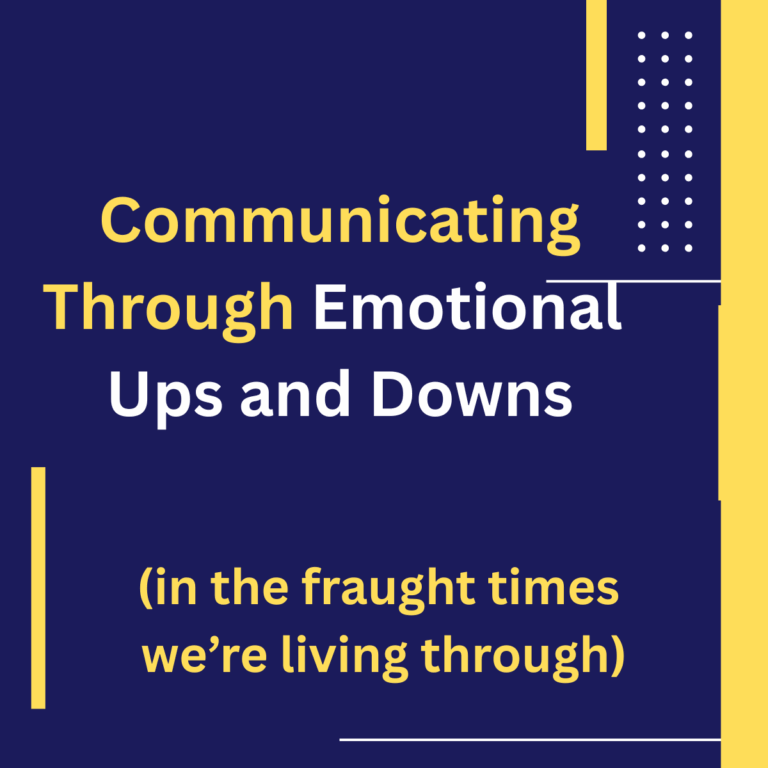

Lovely.
Thanks for all you do.
I just forwarded this to Lisa, who happens to be a personal friend. Thank you for all the inspiration for so many years, and the reassurance that there is much much more to come.
Wow. Thanks Mark. I hope she likes how I drew on her work. Her book is incredibly insightful.
I really enjoyed reading this post. Looking forward to the next ones.
We, europeans are miles away for this standards.
Thanks
Really good, Frank. Sending the link to my brother and a few friends. All the best.
Such an incredible story. I love how you tied it to the organization’s core narrative. Thanks for sharing.